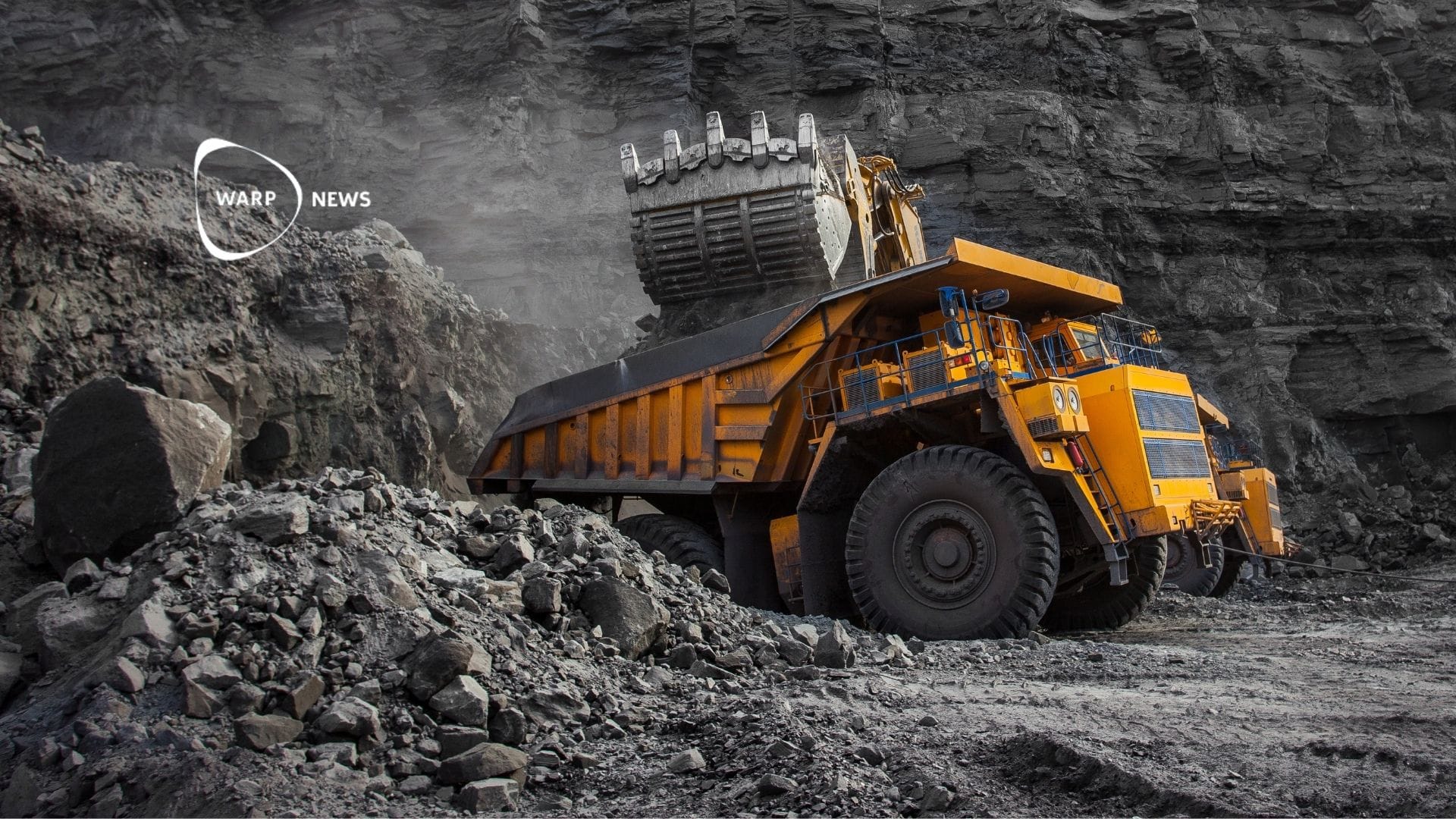
🚜 More variety in the fields increases diversity without reducing harvests
Mixing different crops can give us a more sustainable agriculture and even increase the harvests.
Share this story!
Today it is common to grow the same crop on huge areas to get an efficient agriculture. But a study from the Swedish University of Agricultural Sciences, SLU, shows that it is possible to increase the sustainability of agriculture without reducing the yield.
An international research group led by researchers at SLU has analyzed 42,000 comparisons of different cultivation systems and farming measures . They have looked at how different forms of diversification affect agriculture.
These are, for example, measures such as growing more crops in the crop rotation, sowing flower strips, reducing tillage, adding manure and creating and restoring species-rich habitats in the landscape.
Diversification could give us a more sustainable agriculture with less impact on the environment and climate. But the question is whether it also produces smaller harvests? Which of course would make it less interesting for farmers.
According to researchers, this is not a problem. In most cases, the harvest was not affected at all and in some cases it even increased.
- Our study shows that diversification really has the potential to counteract the negative impact on the environment, and also on the harvest itself, which we see that simplified systems have, says Giovanni Tamburini, former postdoctoral fellow at SLU and the one who led the study.
At the same time, diversification improved water quality and preserved soil fertility. In addition, diversification increased ecosystem services pollination and biological regulation of pests from their natural enemies.
One thing the researchers discovered was that not all measures were climate-smart, even if they were good in other ways.
- An important next step is to identify which measures and conditions lead to positive and negative climate impact, so that we can avoid those that have negative effects, says Sara Hallin, professor at SLU and co-author of the study.
Photo: Anna Lundmark
By becoming a premium supporter, you help in the creation and sharing of fact-based optimistic news all over the world.


